Ancient Identities: Iron Age and Roman Heritages

Exploring how Iron Age, Roman and Early Medieval pasts of England, Scotland and Wales are called upon today by different stakeholders.
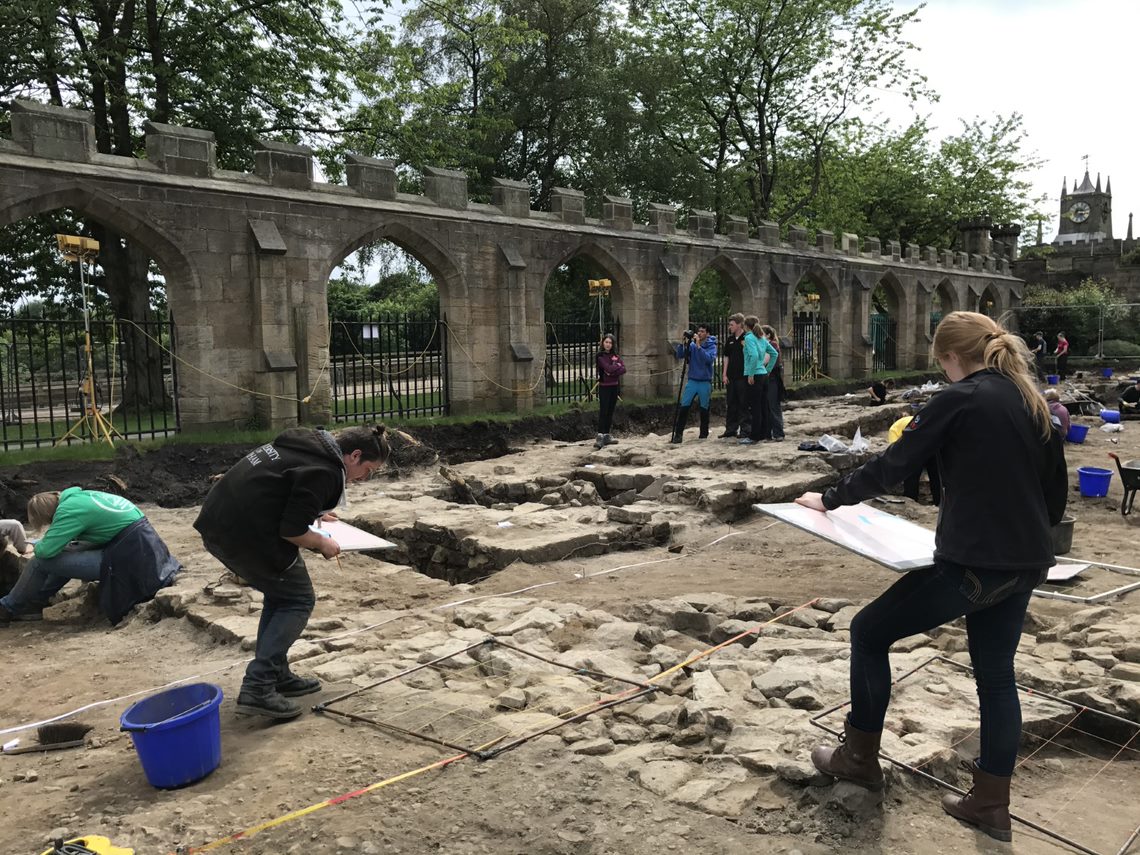
The onsite work at Auckland is co-funded by the University of Durham and the Mick Aston Legacy Fund and the Auckland Project and has been undertaken by Archaeological Services Durham University, Durham University Archaeology department, the Auckland Project and Auckland Castle volunteers.
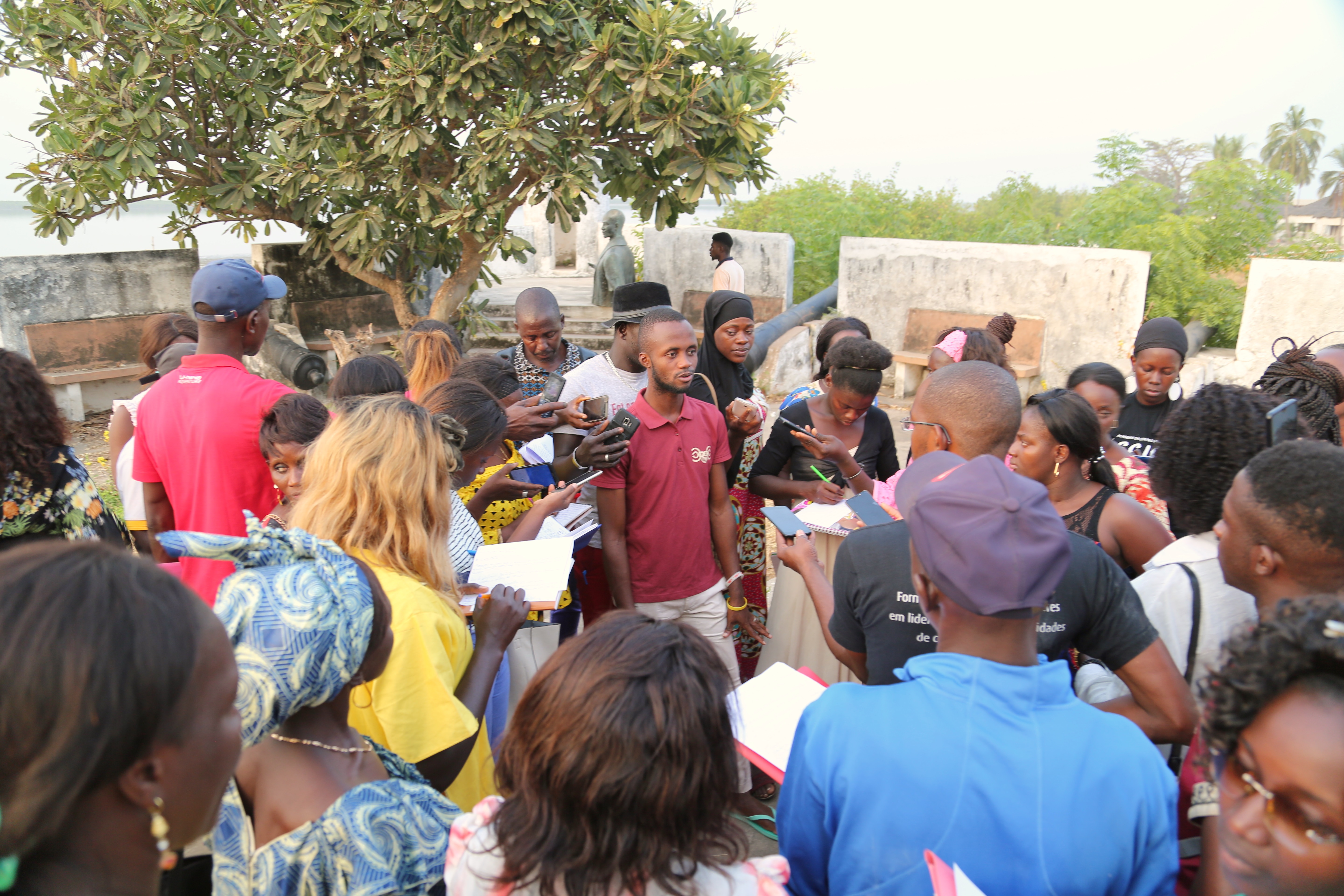 This project focuses on the foundation of Cacheu and the development of power relations across economic, social, political, and cultural lines between the sixteenth and twentieth centuries. Because of its strategic location in the Senegambia coast, the archaeology of Cacheu’s region allows us to chart long-term ecological transformations set in motion by slavery, global capitalism, colonialism and political decolonization.
This project focuses on the foundation of Cacheu and the development of power relations across economic, social, political, and cultural lines between the sixteenth and twentieth centuries. Because of its strategic location in the Senegambia coast, the archaeology of Cacheu’s region allows us to chart long-term ecological transformations set in motion by slavery, global capitalism, colonialism and political decolonization.
Co-Producing Tolerant Futures through Ancient Identities
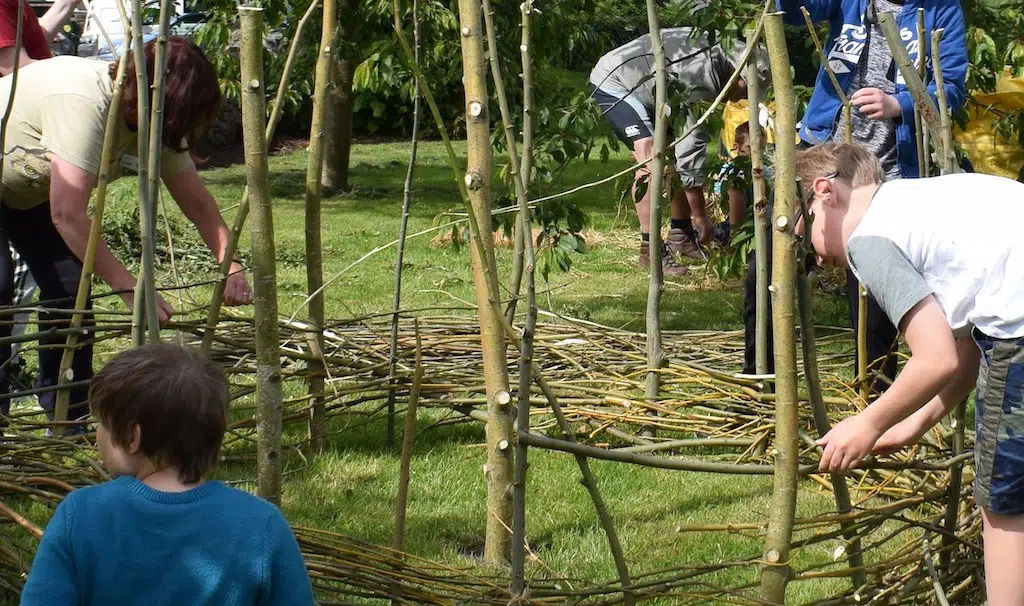
A new research project – with the core aim of promoting tolerance through the education of British History to schoolchildren – will lead to the creation of unique, interactive, digital artworks to be shown in museums.
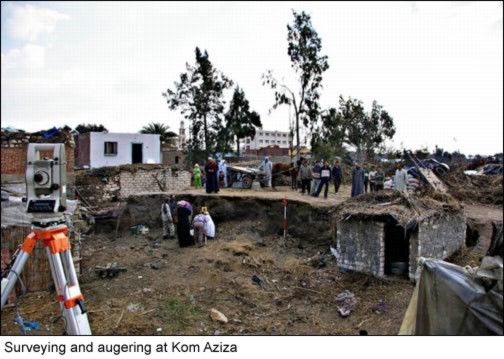
The Delta Survey project aims to support and promote Egyptian cultural heritage, because we envisage a world where the cultural heritage of Egypt is preserved for posterity. Today the Society supports research projects around the world. We rely almost entirely on donations from members and the wider public to fund our work and run an extensive educational programme of publications and training, as well as events to convey the results to interested audiences.
Emergency Assessment of Threats to Heritage in Nagorno-Karabakh
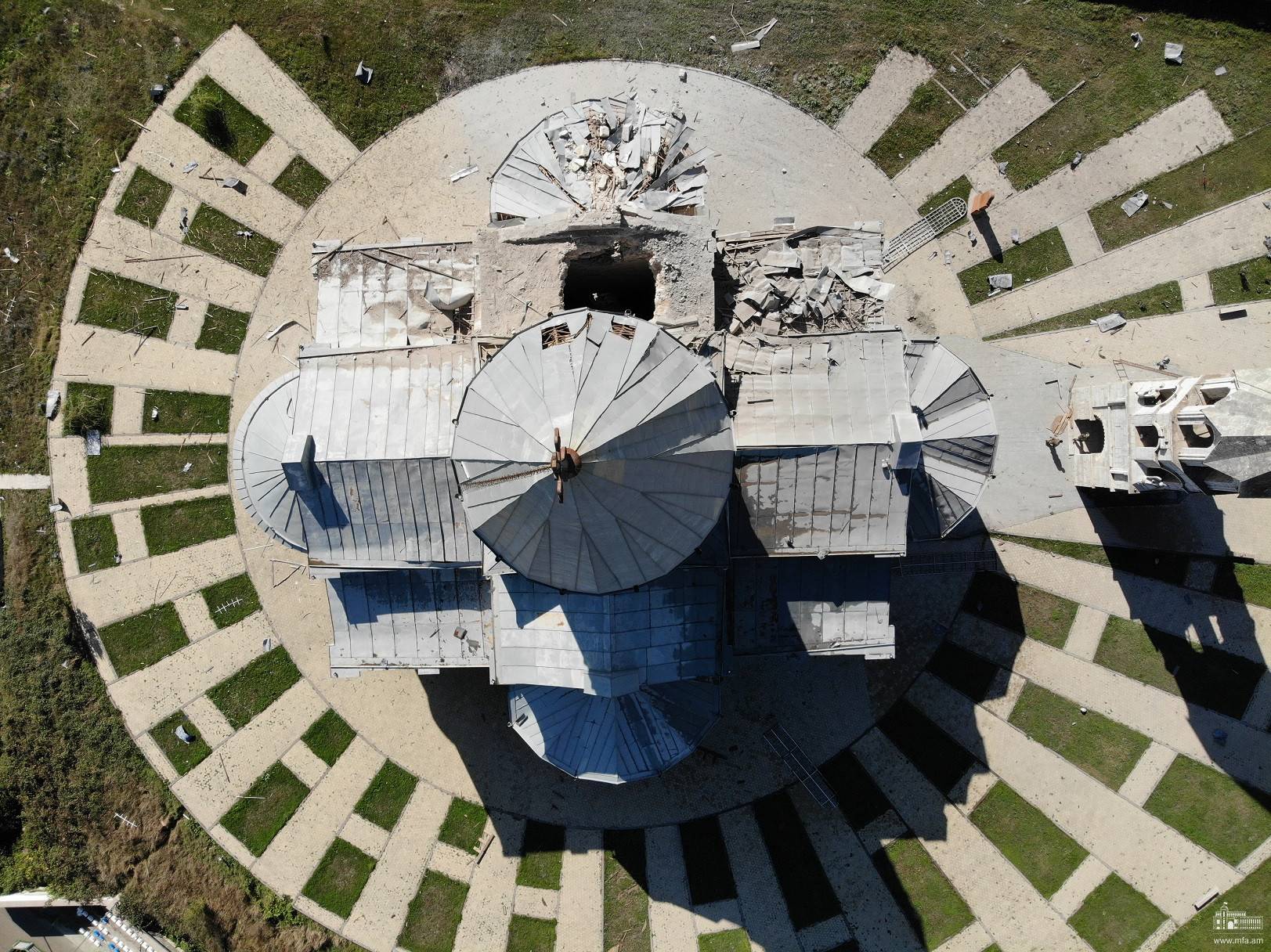
The first challenge is to create a baseline dataset (an inventory) covering archaeological sites and standing historic buildings in Nagorno-Karabakh that gives equal consideration to sites of all periods, and heritage of all communities that live or have lived in the region. We are also undertaking an assessment of the current condition of these places, using the methodology of the EAMENA project (https://eamena.org/home). This is being undertaken primarily by the inspection of satellite imagery, but also with reference to available published sources that document the archaeological remains of the region. The result will offer a ‘snapshot’ of the extent and condition of heritage places in Nagorno-Karabakh as of 2022, and will provide a reference dataset that can be used to mitigate the impact of new development and infrastructure works upon the heritage of the region.
Endangered Archaeology in the Middle East and North Africa (EAMENA)
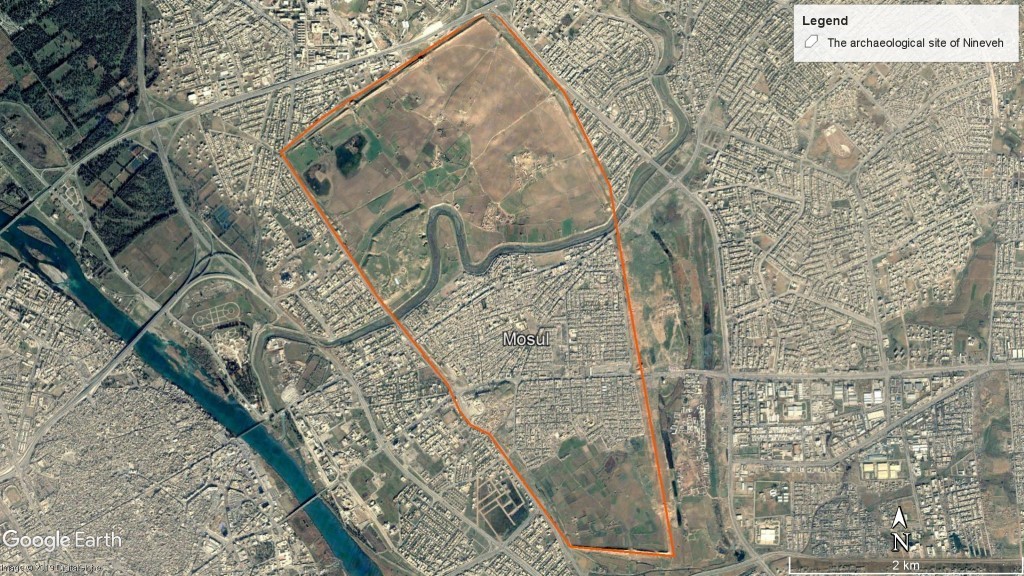 Image above: The Assyrian capital of Nineveh in northern Iraq; the site boundary is in orange. The North-West palace blown-up by Islamic State is at the top left corner. The suburbs of Mosul now cover a large extent of the lower town, illustrating the need for heritage to be taken into account when developments are being planned
Image above: The Assyrian capital of Nineveh in northern Iraq; the site boundary is in orange. The North-West palace blown-up by Islamic State is at the top left corner. The suburbs of Mosul now cover a large extent of the lower town, illustrating the need for heritage to be taken into account when developments are being planned
The EAMENA Project was established in 2015 and is a partnership between the Universities of Durham, Leicester and Oxford. We use satellite imagery and ground survey to record and monitor cultural heritage sites in the MENA region in response to a growing number of threats such as agricultural expansion, urban development, conflict, and natural disasters. The project sits at the interface between two of our Research & Impact Groups, namely Landscapes of Complex Society and the Heritage Partnerships.
Heritage from Below. Drežnica: Traces and Memories 1941-1945
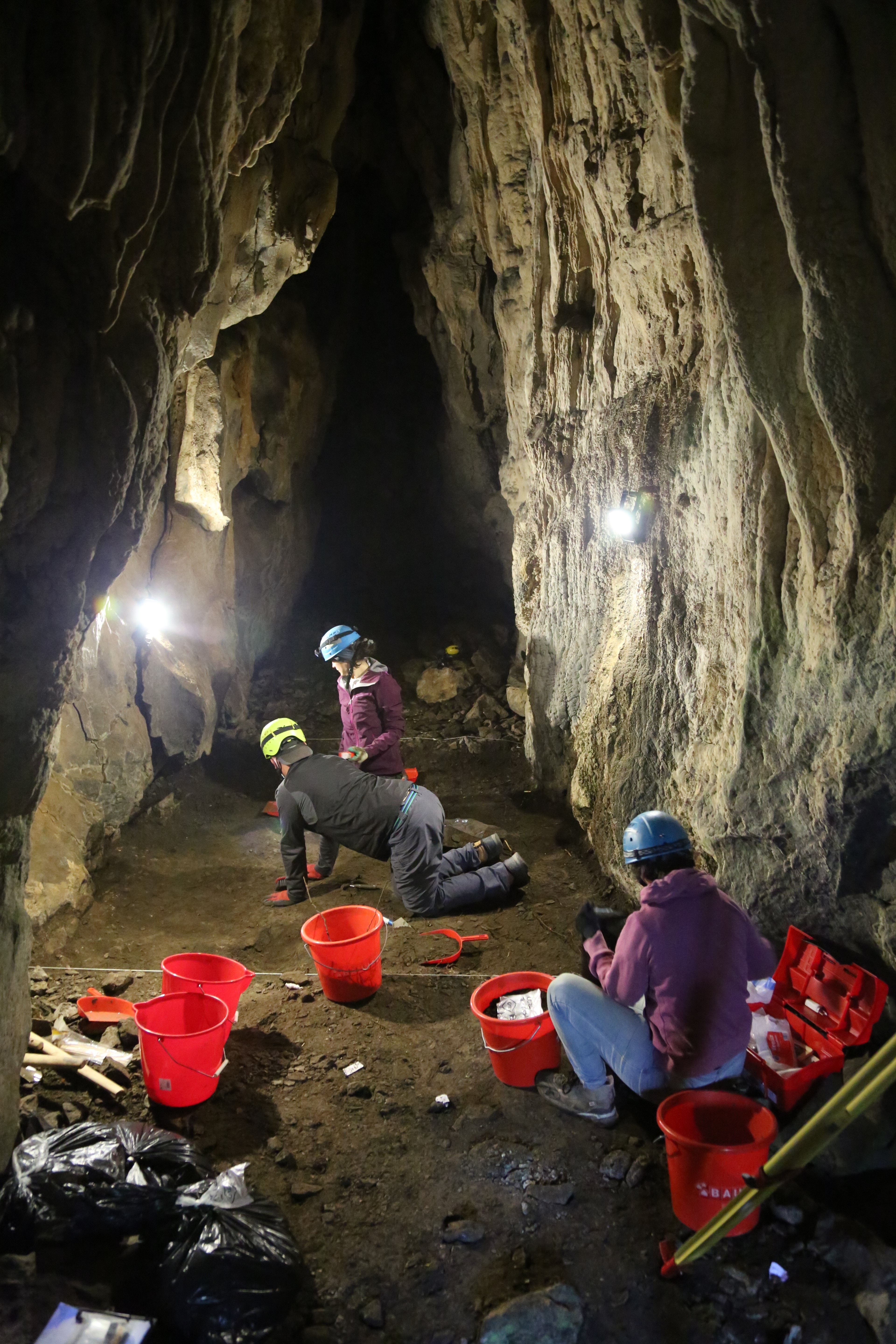
In this community-based project, we aim to bring visibility to multi-temporal heritage practices enabled by experiences of collective pride, trauma and healing, and respond to current local demands for technical expertise. To do so, we are developing new methodological approaches to cultural heritage in collaboration with community members.
Lindisfarne: The search for the heart of Anglo-Saxon Northumbria
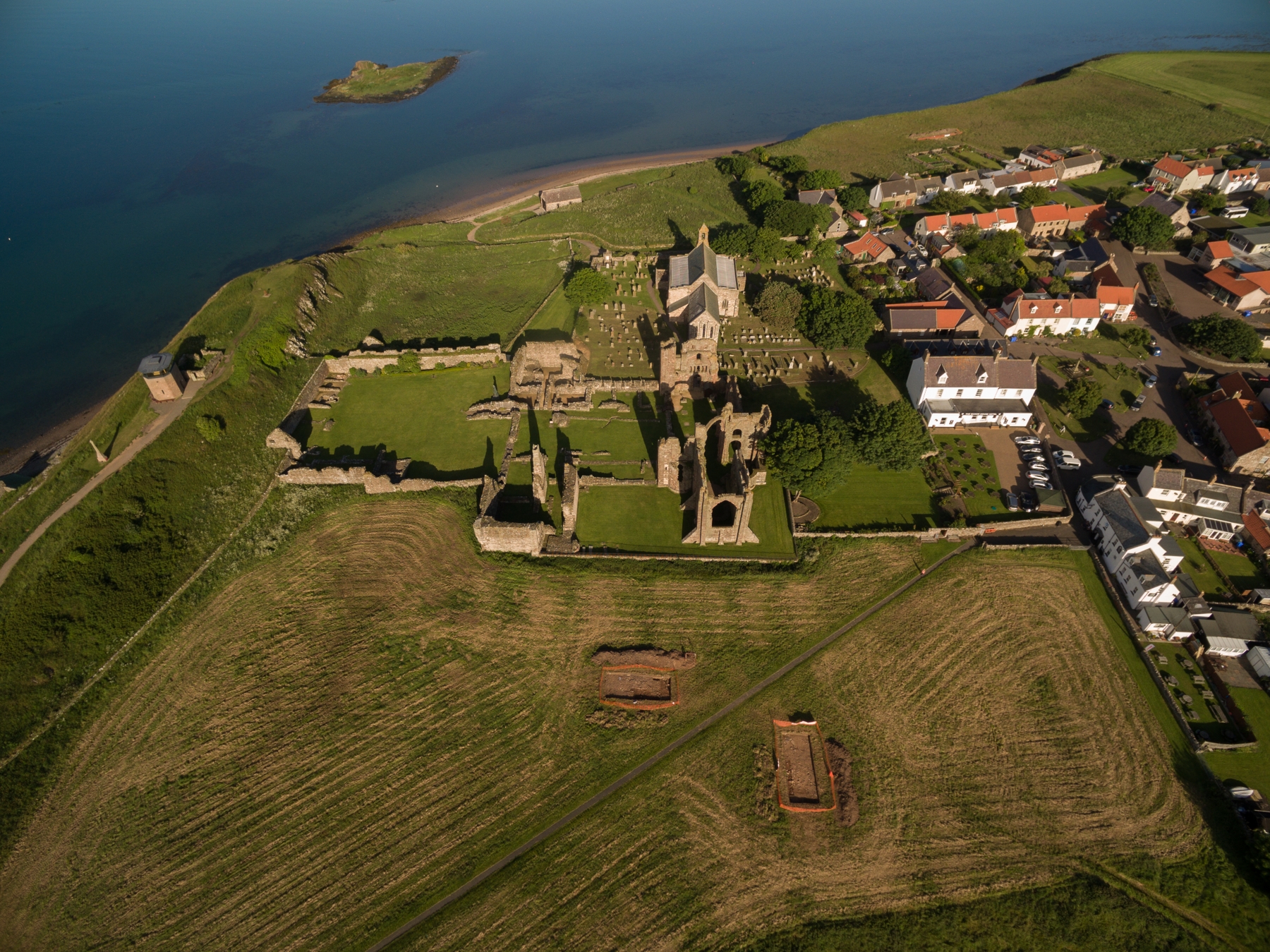
Holy Island is of great significance to the history and archaeology of early medieval Europe. An important monastic foundation, it had close connections with St Columba’s great monastery of Iona in Western Scotland. Following the death of its abbot, Cuthbert, the monastery became an important cult centre and his relics were translated in AD698, an event which may have been the stimulus for the production of the Lindisfarne Gospels. It was one of the first monasteries in Britain to be subject to Viking raids in the late 8th century. The increasing regularity of these raids culminated in the community leaving the island and after a series of interim resting places, finally re-establishing itself in Durham cathedral.
North-East Heritage Partnership
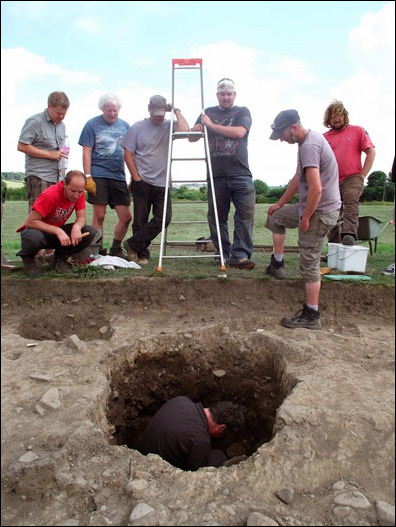
The North-East Heritage Partnership is a scheme initially funded through the AHRC Connected Communities initiative. It has enabled the members of the Department of Archaeology and other staff from across the University to work with local archaeology and history groups and provide training in all aspects of community archaeology, including setting up public displays and exhibitions, using historic archives, looking at historic landscapes and fieldwork training on our excavation at Binchester.
Partnership in Action: Training and Managing the Heritage of Libya and Tunisia

The project started in 2013 in collaboration with Durham University (DU - Anna Leone), the Deutsches Archaeologisches Institut - Rome Department (DAI Roma - Ralf Bockmann) and the Department of Antiquities of Libya. The focus of this first phase of training (funded by DU and the DAI Rome), was on training heritage specialists to carry out on site recording and data management with the use of the GIS.
Post-Earthquake Rescue Archaeology in Kathmandu
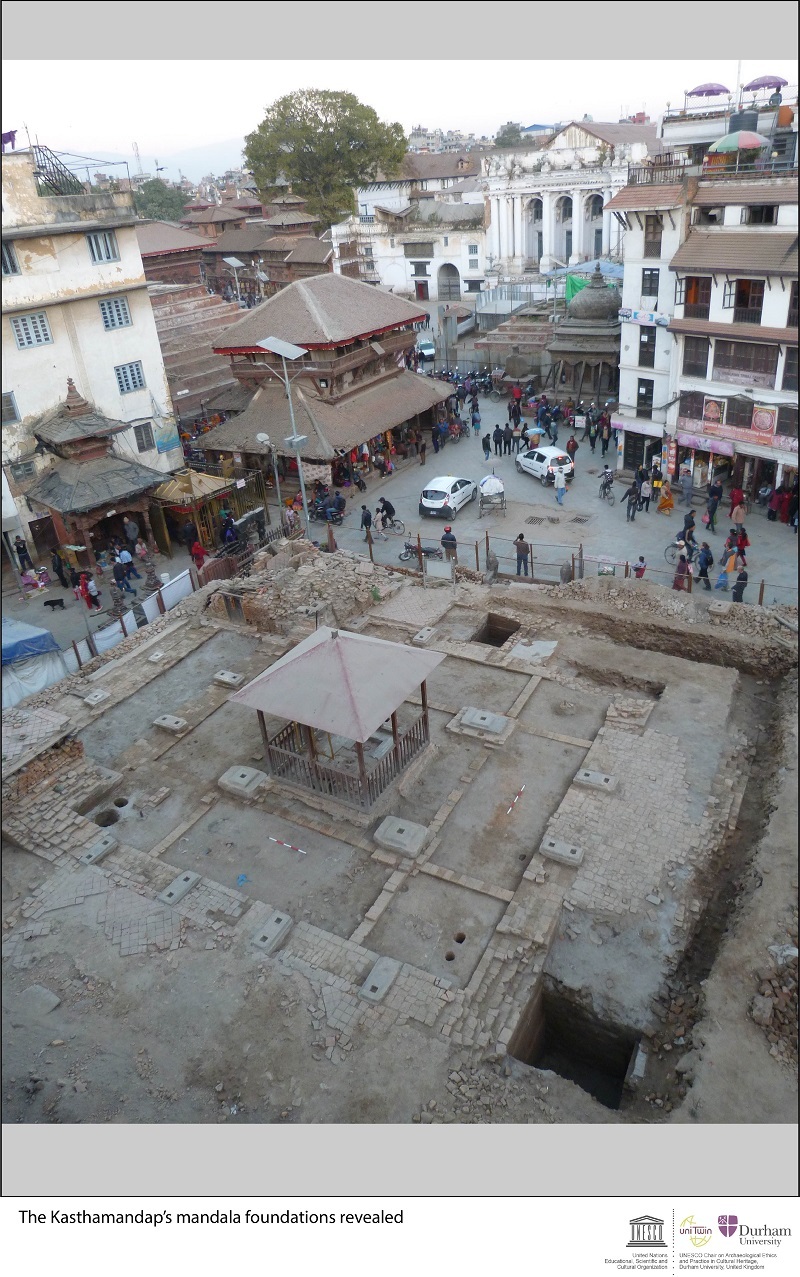
The two major earthquakes that struck Nepal on the 25th April and the 12th May 2015 were human catastrophes, devastating large areas of the county and neighbouring regions, leading to substantial loss of life and livelihoods as well as post-disaster physical and mental trauma. This natural disaster and associated aftershocks also generated a cultural catastrophe, damaging and destroying much of Nepal’s unique cultural heritage, including monuments within the Kathmandu Valley’s UNESCO World Heritage Site.
Promoting the Protection of Heritage Sites in Nepal
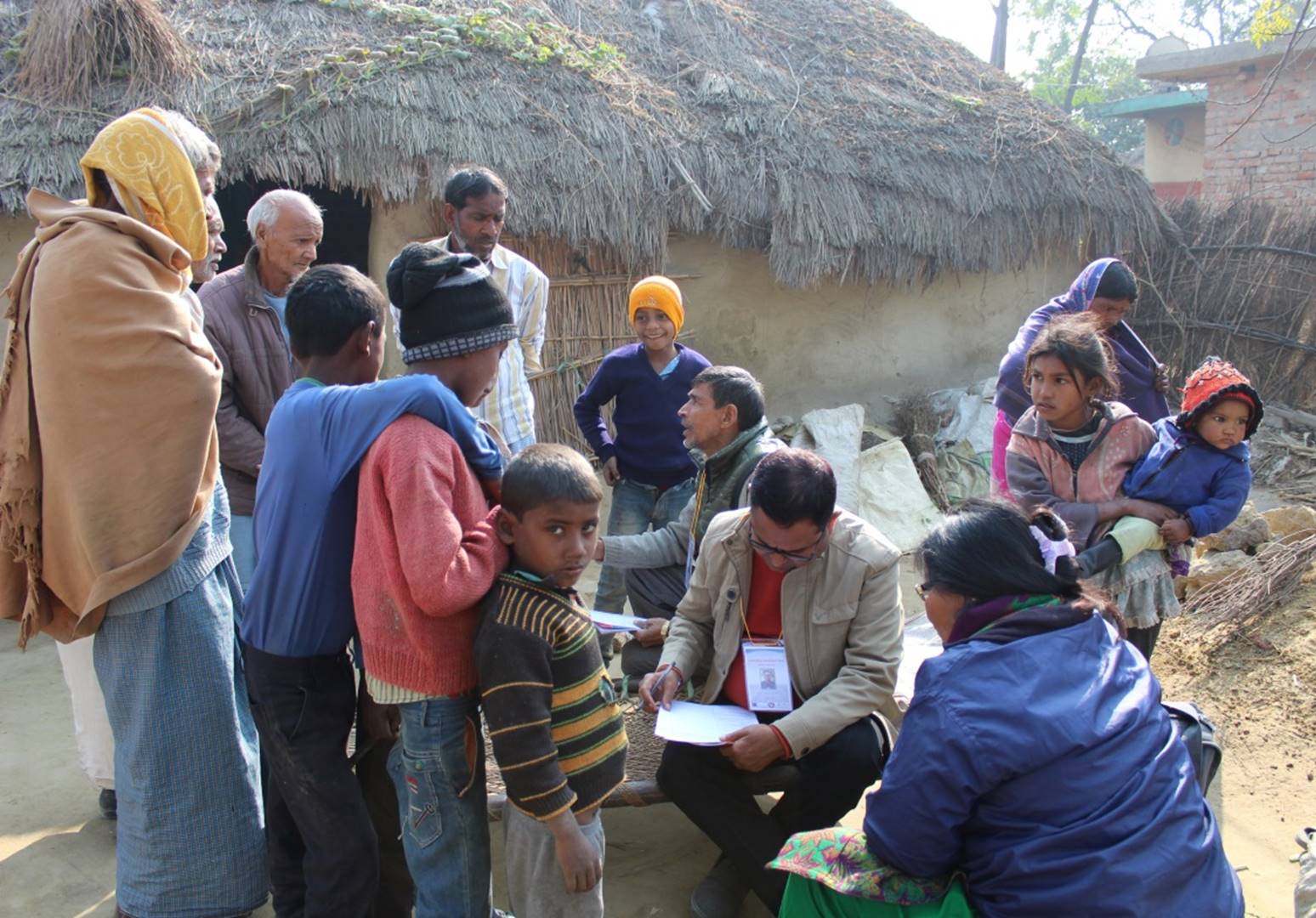
The aim of this network was to promote the protection of heritage sites in Nepal’s western Terai in the face of accelerated development whilst piloting the monitoring of the positive and negative impacts of contemporary Buddhist pilgrimage on local communities and the sites themselves.
REFIT: Resituating Europe’s first towns
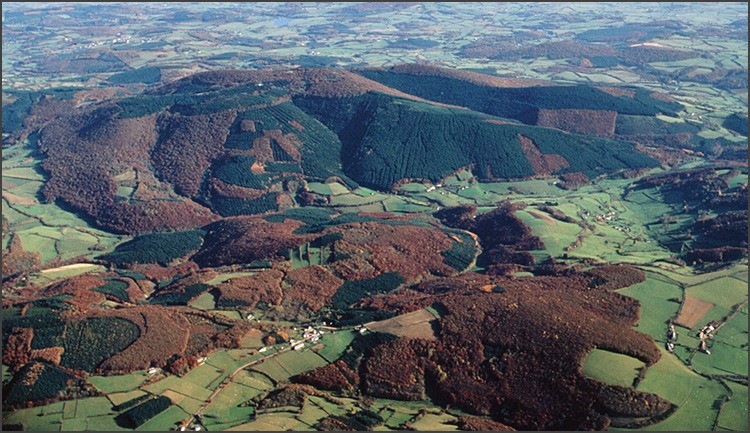
The aim has been to develop engagement tools which explore how archaeology can be better integrated into the management and engagement of these cultural landscapes, representing exemplars for studies elsewhere.
Seismic Safety and Kathmandu’s Historic Urban Infrastructure
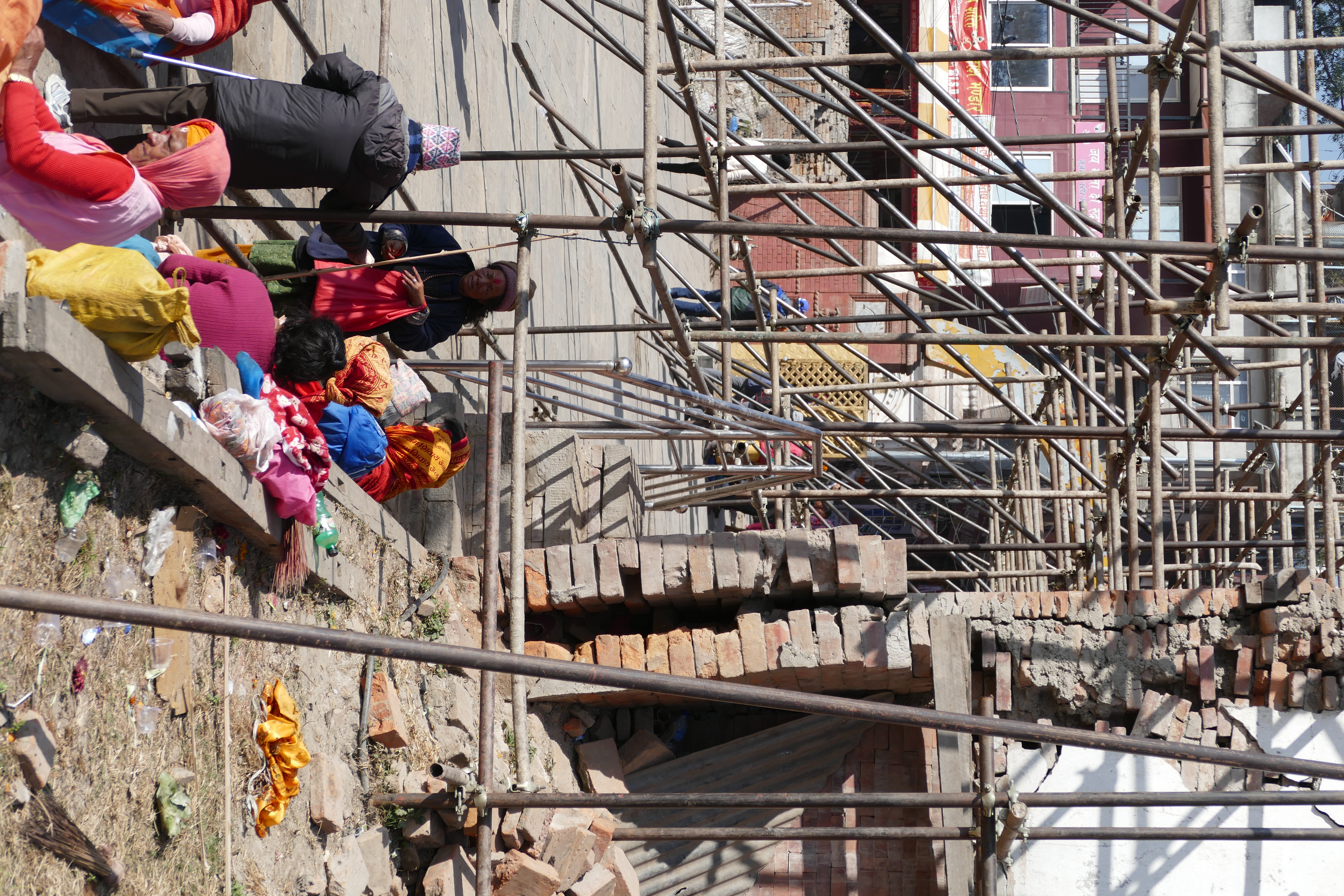
Sponsored by the British Academy Global Challenges Research Fund Cities and Infrastructure Programme, this project addresses the UN's Sustainable Development Goals by building on previous British Academy-sponsored archaeological research at Pashupati, and from within the wider urban environment of UNESCO, National Geographic and AHRC-GCRF sponsored rescue archaeology in post-earthquake Kathmandu.
Sustaining Jordan’s Heritage and Cultural Identity
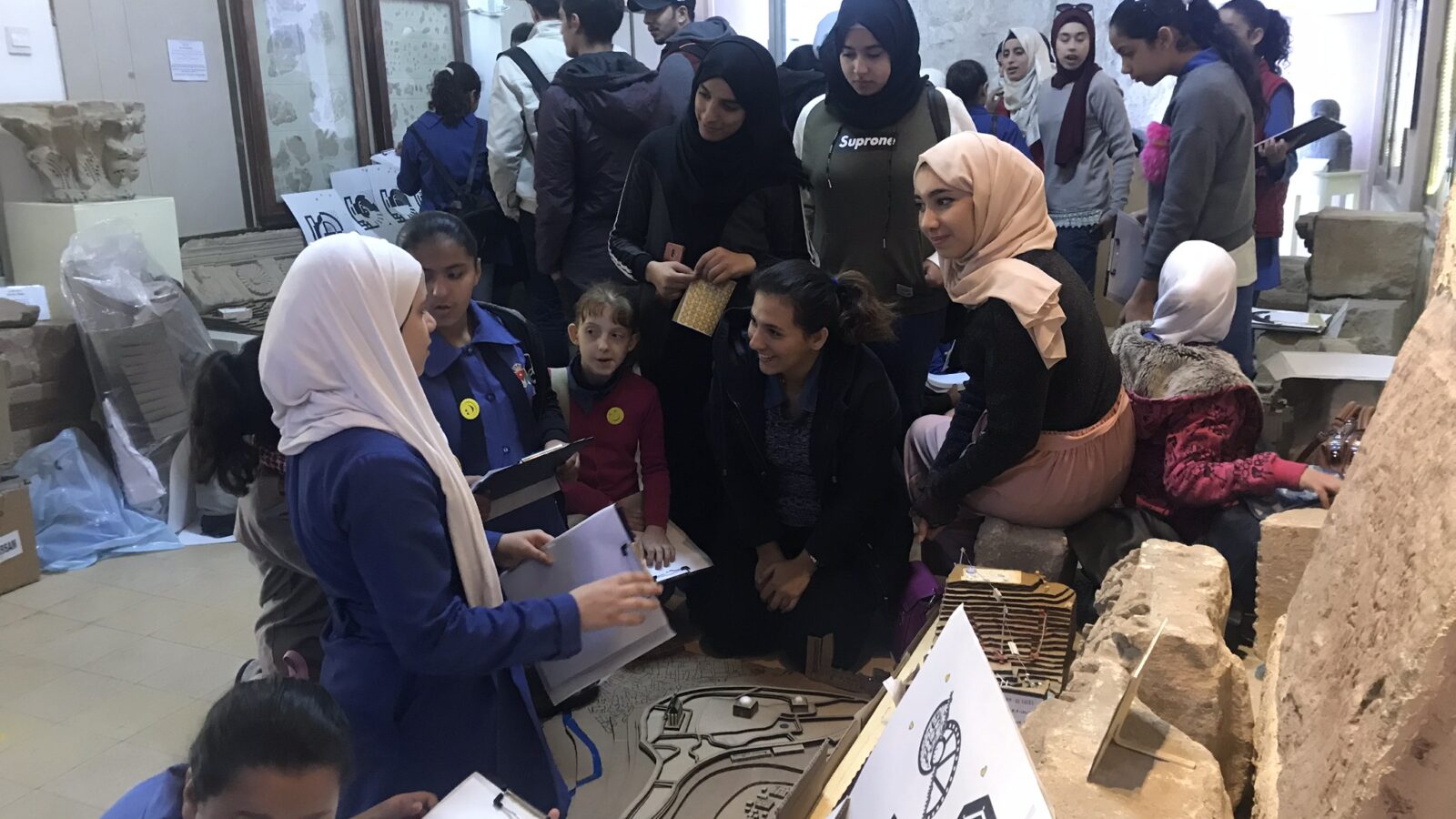
Social studies in Jordan have found that school-age children to university students are poorly engaged in learning about their rich and diverse cultural heritage, putting the future of Jordan's cultural identity at stake. This project is about improving the accessibility of Jordanian museums to young people and strengthening the capacity and sustainability of Jordanian museum education, through staff training, partnership building and experimental educations events.
The Natal Landscape of the Buddha, Phase I: Lumbini
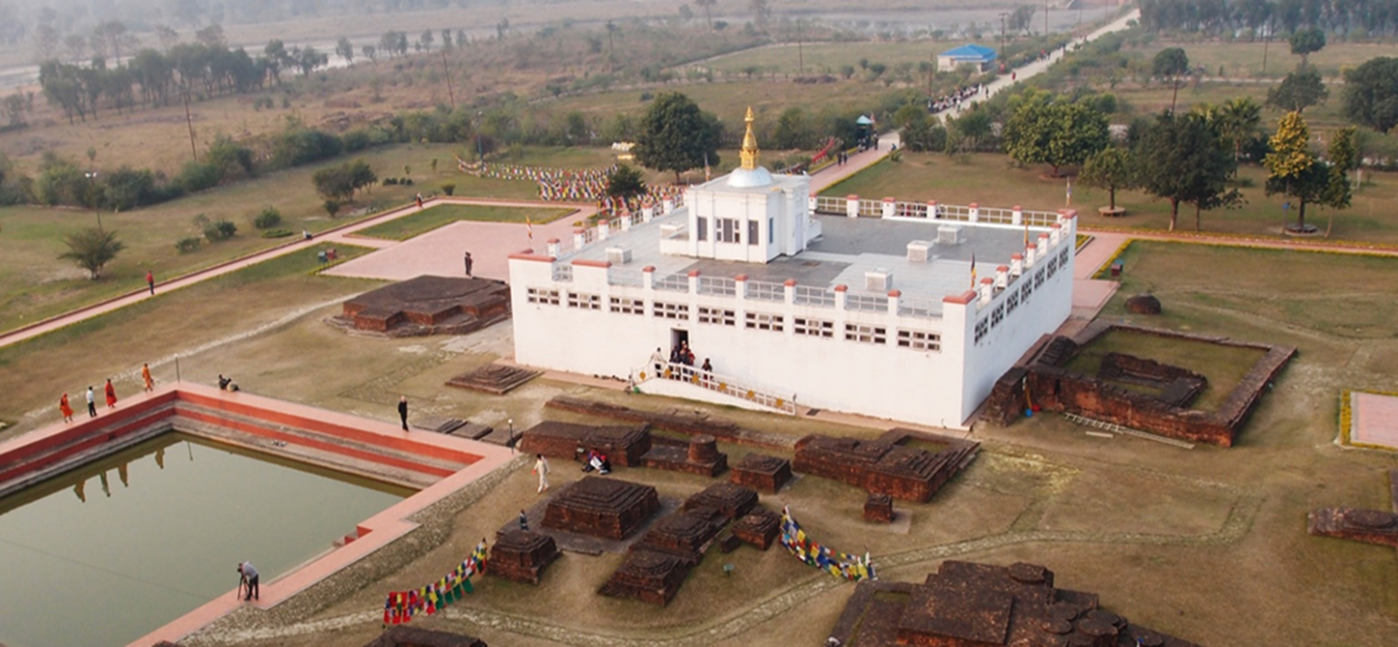
Lumbini, in southern Nepal, is recognised as the birthplace of the historical Buddha, recorded in the third century BCE pillar inscription of the Mauryan Emperor Asoka (r.268-232 BCE). It was designated as a UNESCO World Heritage Site in 1997 and has seen a significant increase in investment and visitor numbers since. In 2009 UNESCO and the Government of Nepal recognised that Lumbini faced a number of challenges for its protection and conservation.
The Natal Landscape of the Buddha, Phase II: Tilaurakot
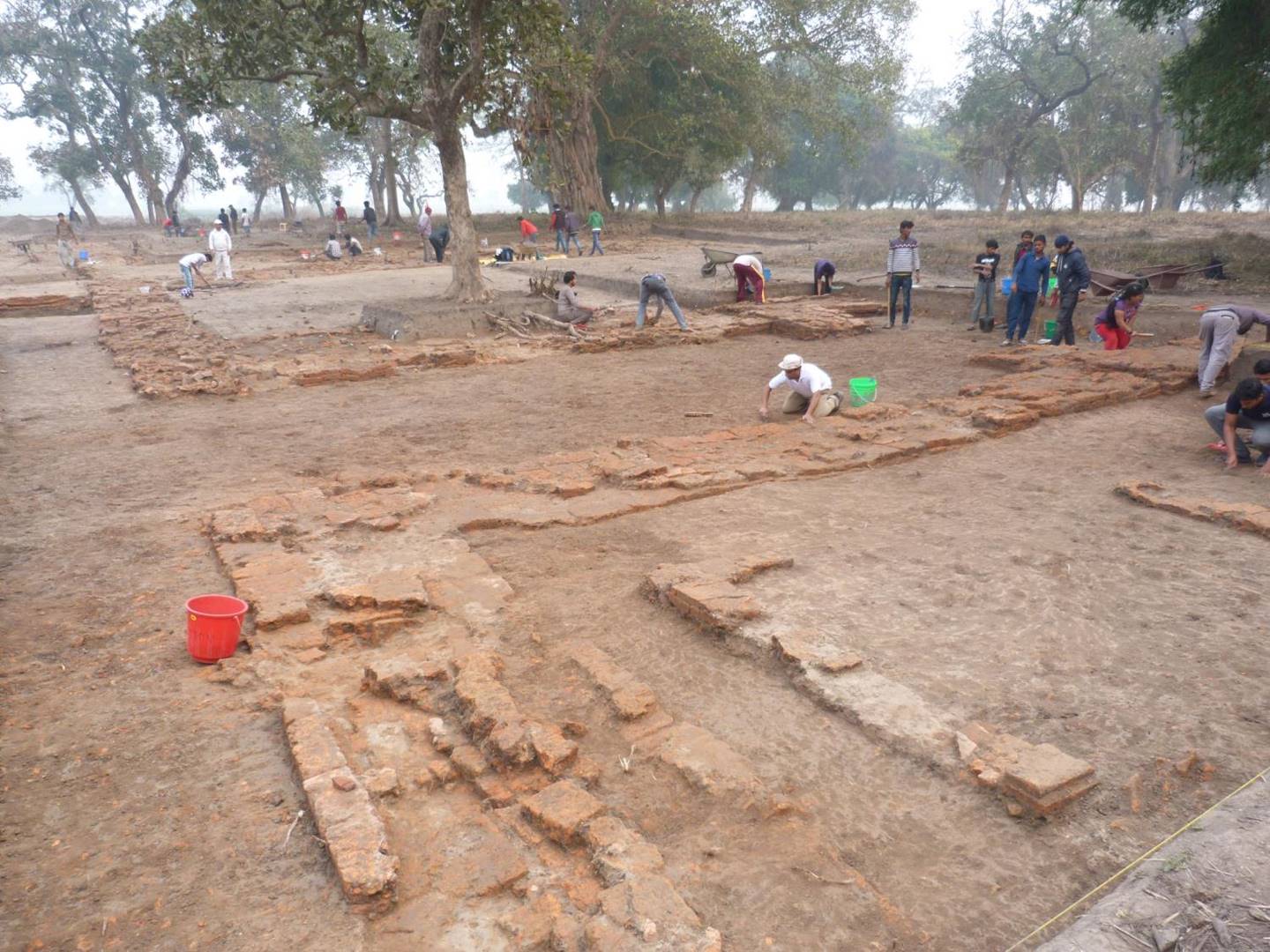
The archaeological team combine geophysical survey, auger-coring, excavation, fieldwalking and geoarchaeology to understand the origins, development and chronology of the site and develop an understanding of Tilaurakot-Kapilavastu’s urban morphology and immediate environs.
The Post-Disaster Archaeology of the Jaffna Peninsula (Sri Lanka) and reconstructing early Indian Ocean Trade
.jpg)
This project aims to map and characterise the surface and subsurface heritage of Jaffna Fort, and environs, for enhanced protection; excavate high-resolution scientifically dated artefactual and architectural sequences for the currently neglected pre-colonial heritage of Jaffna; Pilot-Post-Disaster archaeological methods; and Understand visitor experience at Jaffna and develop information for tourists.
Training in Action: Heritage Preservation in Post-conflict North Africa
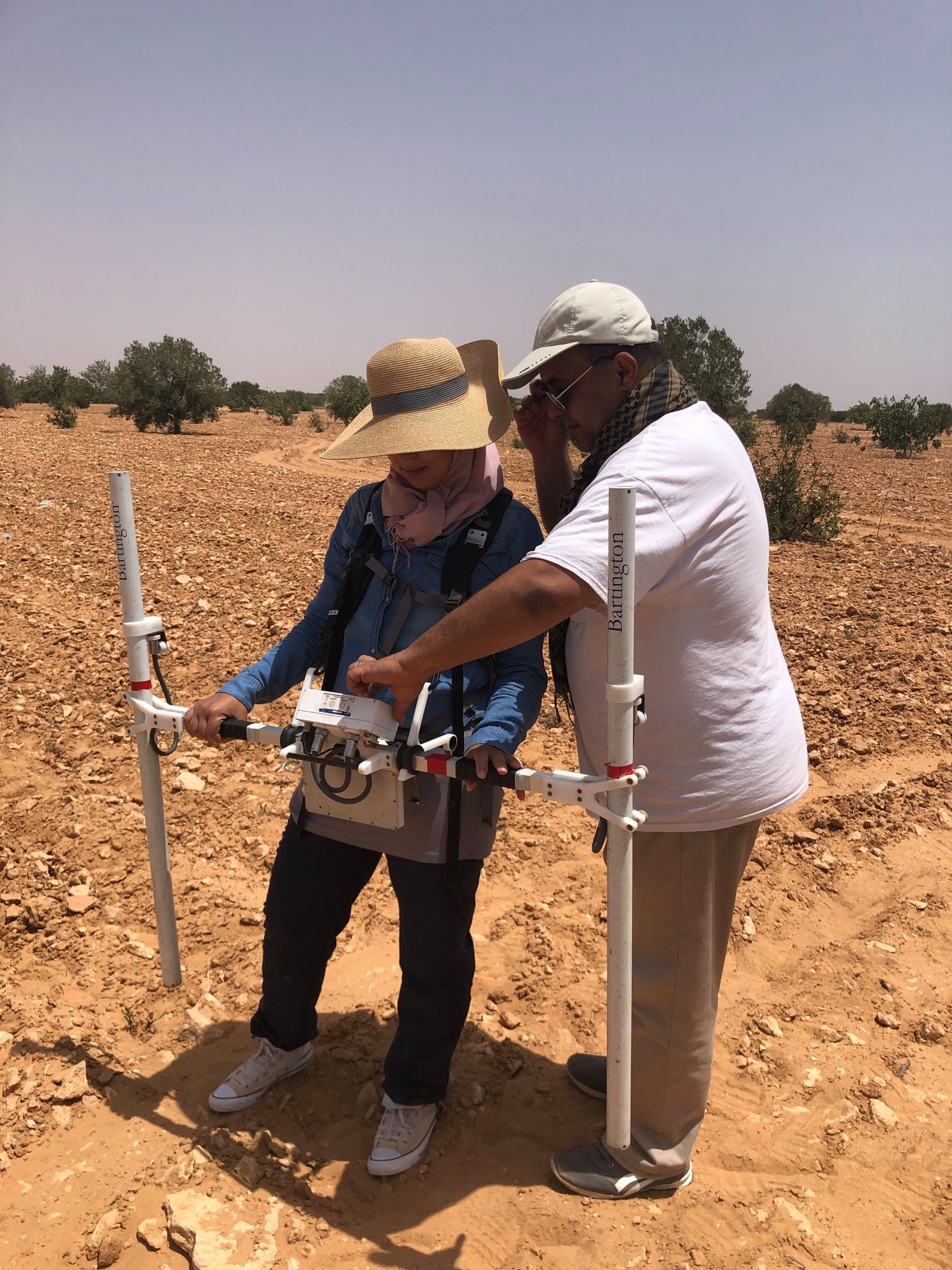
The Arab spring has had a devastating impact on the heritage sector in North Africa, especially in Libya and southern Tunisia, due to its vicinity to the Libyan borders. This is particularly worrying, as both the countries have an extremely rich and well-preserved archaeological patrimony. The risk for this heritage is exacerbated by the quantity of archaeological remains which were exposed during the French and the Italian colonial periods. The number of monuments, mosaics and sites that have been excavated (mostly non-stratigraphically) have made it really challenging to provide protection.


/prod01/prodbucket01/media/durham-university/external-location-photography-/city-shots-/71746_CastleCourtyard-4-2499X1009.jpg)